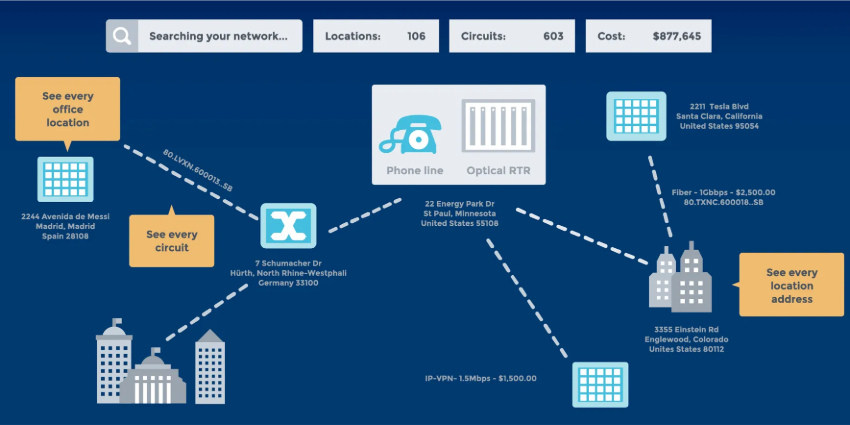Cloud migration is well underway as enterprises embrace the cost efficiency and operational flexibility of cloud solutions. However, organisations are moving at different paces according to their scale, requirements and sensitivities surrounding security and data sovereignty. The move to cloud in general is well advanced with recent research from IDG reporting that 90% of companies will have at least some part of their applications or infrastructure in the cloud by 2019, with the rest expected to follow by 2021.
Cloud migration encompasses all types of organisations from small to medium-sized businesses (SMBs), looking to gain large enterprise IT services through multi-tenant cloud propositions that aggregate the purchasing power of multiple SMBs, to large enterprises adopting private cloud technologies.
“All types of enterprises are suited to moving to cloud-based infrastructure and cloud is disruptive to businesses of all sizes,” confirms Steve Forcum, the manager of cloud solutions engineering at Avaya.
“The challenge we’re suited to solving is that multi-tenant cloud is not a panacea. We’re cleaning up by helping large enterprises get what they want”
“For some, at the larger end of the market, we’re setting up DevOps environments and they’re ready to go to cloud. Others are looking at getting cloud benefits such as OpEX reduction and we’re able to use our OneCloud ReadyNow offerings to give them these benefits without having to take a traditional, over-the-top (OTT) multi-tenant service.”
Forcum points out that the OneCloud ReadyNow private cloud offerings, which feature pre-configured bundles of UCaaS and CCaaS solutions, offer the benefits of public cloud in terms of reduced cost and complexity while also providing the reduced risk associated with on-premise solutions.
“Moving to a public cloud environment from Avaya or anyone is a non-starter for enterprises,” he adds. “They simply won’t give up that level of control and I don’t see large businesses ever going to fully multi-tenant cloud propositions. For real-time voice and call centre communications I don’t think you’ll see public cloud adoption but you will see aggressive moves to private and hybrid cloud, there are big drives from Microsoft and AWS in this area.”
Avaya sees the hybrid approach being attractive to organisations and expects them to adopt to blended solutions that utilise on-premise, private and public cloud infrastructure according to the applications involved. “It will be a mix of all of these at the larger end – private cloud will be used for sensitive parts of the business,” explains Forcum.
“The majority of the growth will be in OpEX-based private, blended cloud adoption. However, I don’t think on-premises will ever go away completely”
Forcum gives an example of a large bank in Florida that has thousands of seats for agents and has just acquired a competitor with 200 users at 20 branches which it needs to bring in as quickly as possible. It’s using public cloud to accelerate on-boarding of agents while turning to private cloud solutions for the more sensitive areas of its business. “It’s a case of blending solutions so they’re appropriate for the service being supported,” he says.
“Does the phone in the kitchen need private cloud? No. Does fraud control need it? Yes.”







